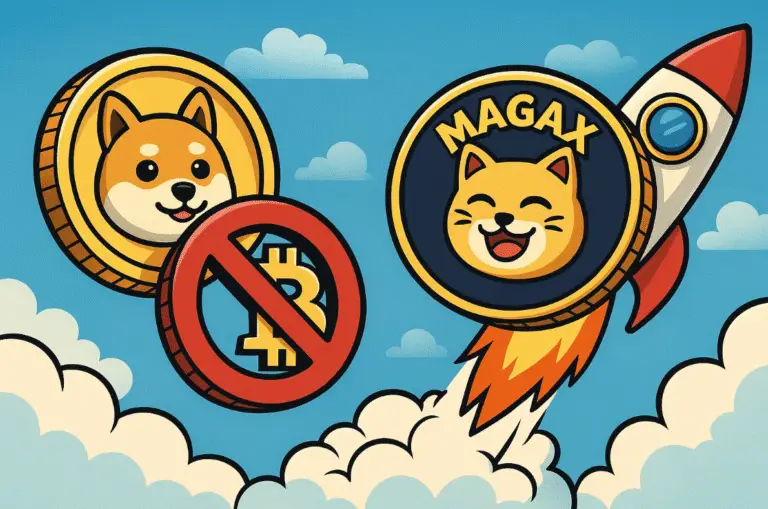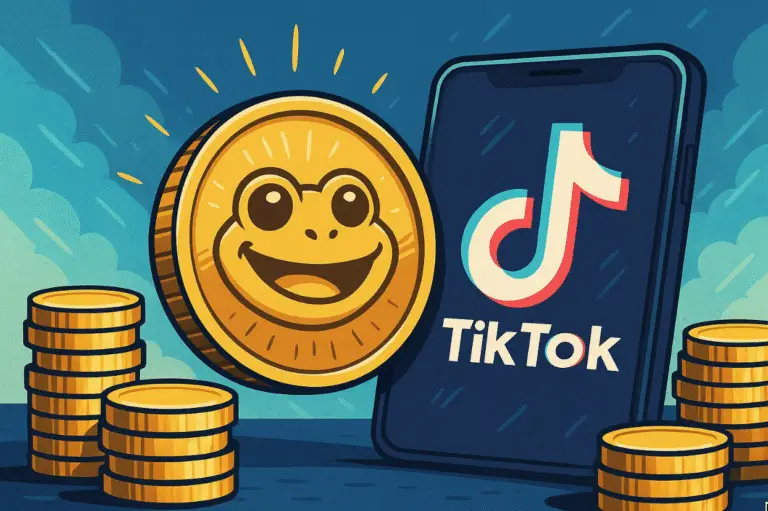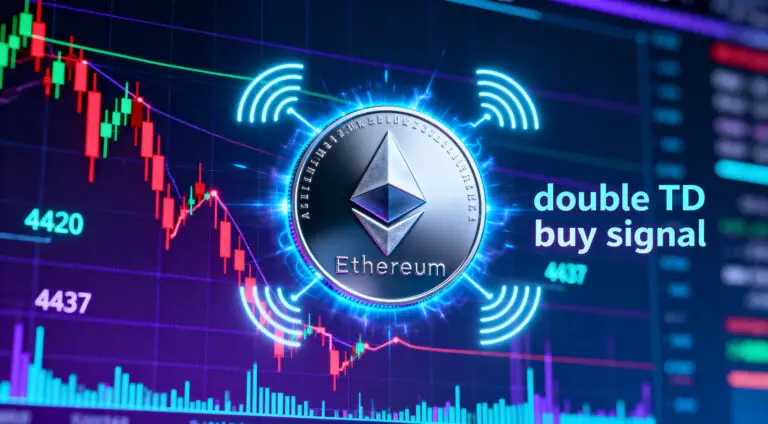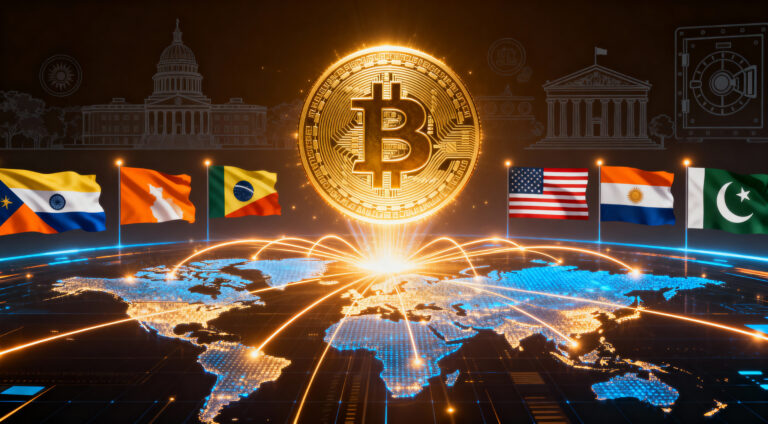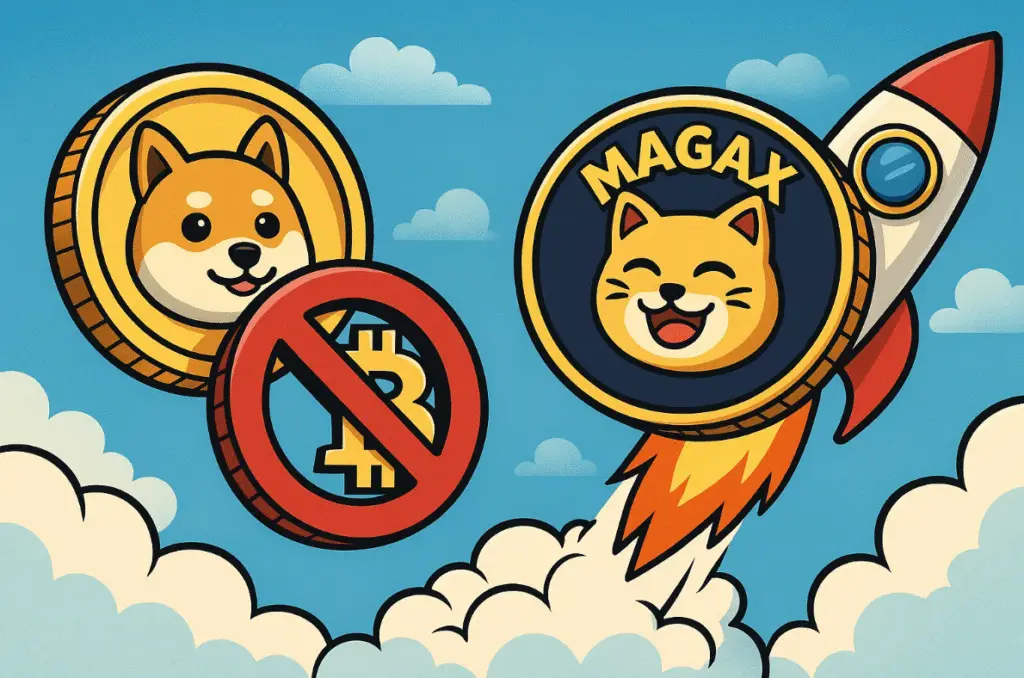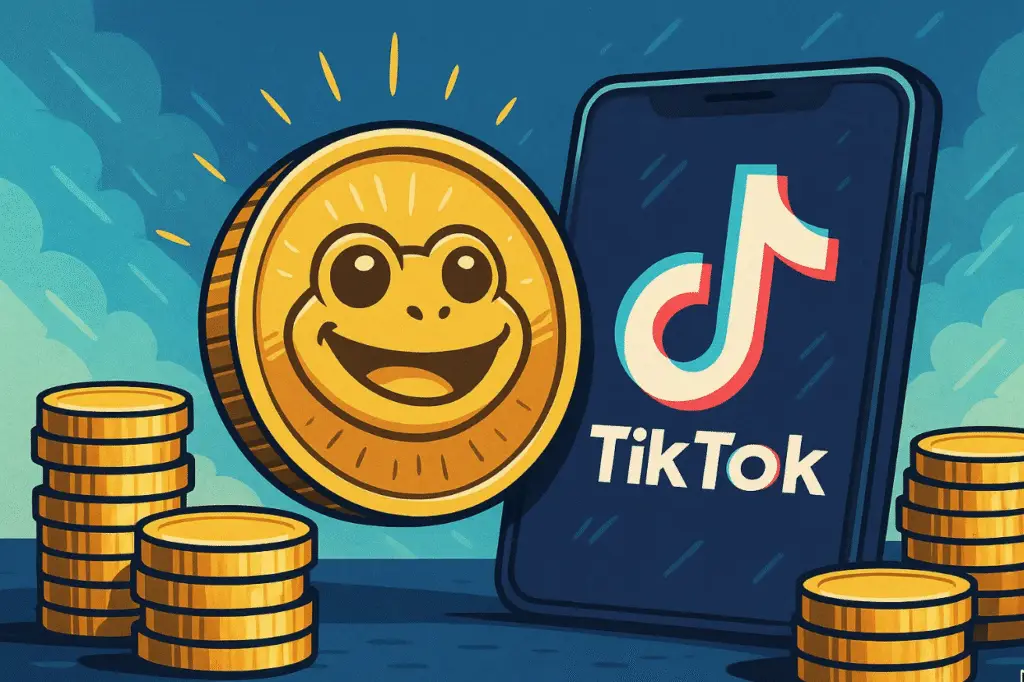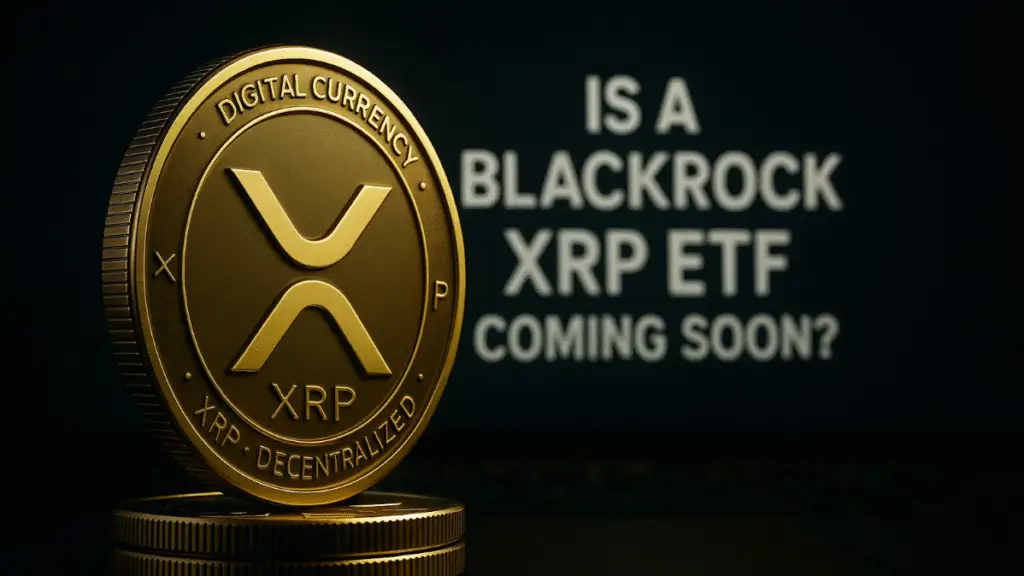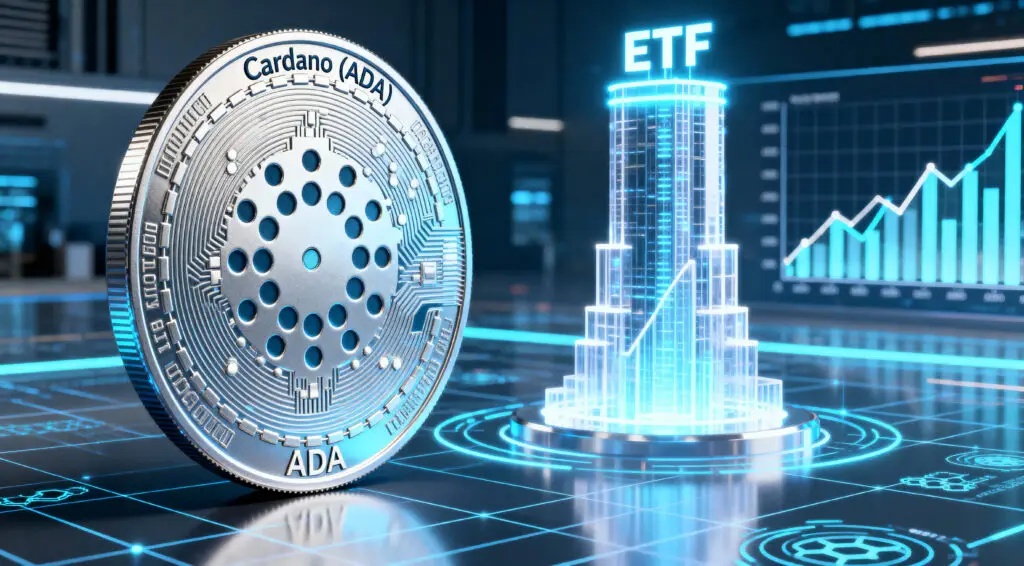As for viewing menus, paying at outlets, and numerous other tasks, scanning a pixelated square with a phone is almost second nature. India, in particular, has harnessed the technology for cashless payments on a massive scale. The value and volume of UPI transactions done via QR codes in mid-March 2025 stood at an astounding 24.77 trillion and 19.78 billion, respectively. While QR codes have now become an emblem of our digital lives, their genesis traces back to an engineer in Japan.
In 1994, Denso Wave was a subsidiary of Toyota that manufactured automobile parts. An inventory management system filed in the head of an automotive manufacturing department’s manager, Masahiro Hara. Gathering inspiration from the black and white stones on a Go board, Hara designed algorithms to map information onto grids. In the form of quick response cipher systems, labeled ‘QR’ codes became the world’s first responsive patterns recognized at events.
The Predecessor: Barcodes
Basic forms of barcode scan technology were fully functional and widely use around the world. The concept of barcodes was patented in 1949 by Joseph Woodland and Bernard Silver, who described a series of lines depicting numerals engraved on an item. The barcode system incorporated vertical patterns later in 1960, when track and field engineer Theodore H. Maiman built the world’s first fully electric laser, making it possible to decode barcodes at blazurd speed. Many regions in the US were piloting projects aimed toward implementation and barcodes started gaining popularity.
Like nearly all regions of the US in 1969, grocery shops battled with skyrocketing wage rates and advanced mathematics pertaining to store inventory. Serial codes and symbols on products were part of the Ginden Flag geo container systems but a drop in the US economy allowed these incógnitos to be solved. A certain radio-controlled perimeter munitions directive set forth during the early 1970s aimed at the invention of unified scanning codes. Parsons of Universal System enabled the first barcode stripe to be scanned in Troy, Ohio.
Disadvantages of Barcodes
Hara recognized that standard UPC barcodes had shortcomings. Data was horizontal one-dimensional within 20 characters. They could also be damaged beyond reading. In Japan’s automotive industry, tracking by scanning required logging and storing an excessive amount of data per item, which was quite a labor to sort through. In order to resolve these complications, Hara sought to develop a “better barcode,” and so a two-dimensional square code that could be decoded 10 times faster than before and store approximately 7000 characters.
QR Code Invention
Hara had some setbacks initially as machines could not scan the new 2D square barcode with adjacent text. Drawing inspiration from skyscrapers rising above city landscapes, he came up with placing three small squares with a predefined ratio of black-to-white filled color on the corners. This design allowed non-directional scanning recognition of the QR code. Most importantly, the QR code could be partially stained but was still readable with varying degrees of damage.
Use and Worldwide Change
The QR code can be scanned from a distance, unlike the traditional scanners, allowing access to containment of more information that can be scanned from various angles, which is critical for parts of different shapes on assembly lines. Initially meant for automotive industry purposes, its efficiency was later adopted by Toyota in their factories.
Denso Wave’s decision to make its technology available without charging licensing fees, even when patents were held, contributed to widespread adoption. Adoption further accelerated after receiving ISO certification in Japan in 2000, further embedding it into daily life. The QR code, which stemmed from one engineer’s idea, has shifted the world’s landscape—everything from manufacturing efficiency to enabling trillions in modern cashless payments.



